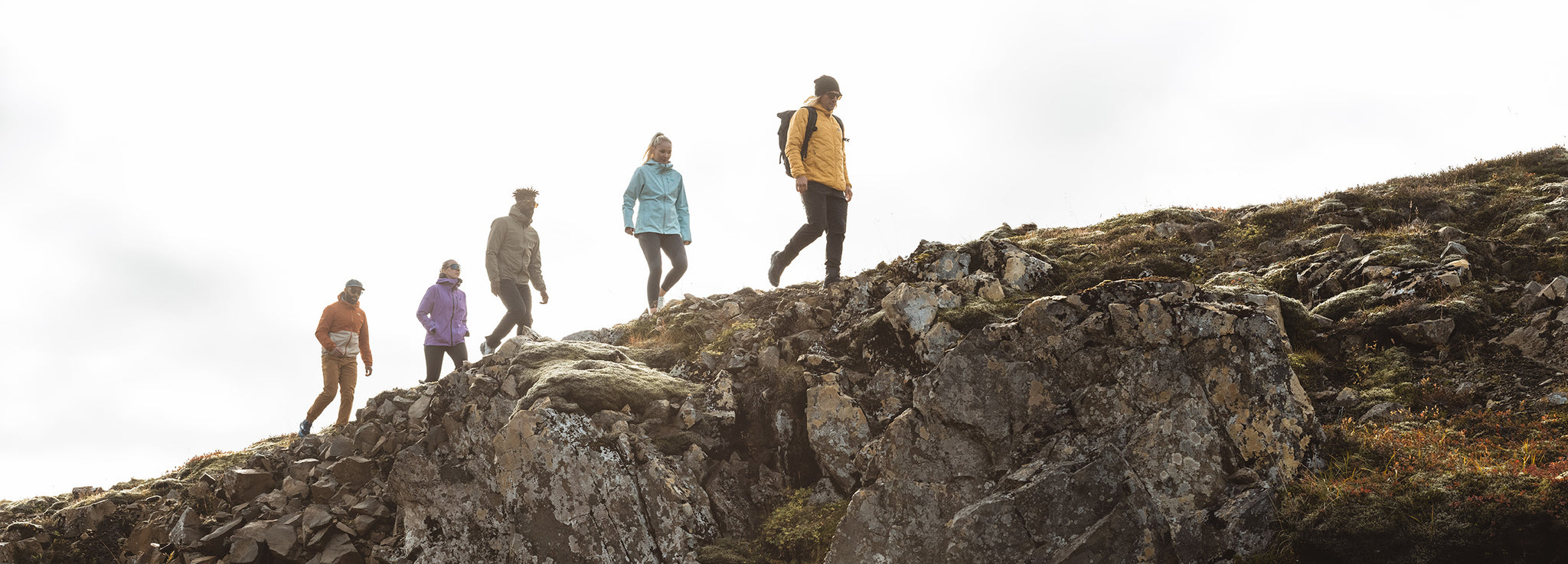Restating Our Commitment
We're dedicated to continually working to mitigate our impact and improving our processes to achieve our sustainability goals. Over the last several years, we've dedicated countless hours gathering data to measure our carbon footprint, allowing us to set a baseline to measure our improvements. In 2021, that measurement was 15,724 MT CO2e. 98% of those emissions fall within the Scope 3 greenhouse gas (GHG) category, which includes raw material (fabrics, trims, etc...) creation and finished goods production. With our Scope 1 and 2 emissions nearly reduced and offset to zero, we've set a science-aligned target to reduce our Scope 3 emissions by 48% per unit of value added by 2030 against our 2021 baseline. Because Scope 3 emissions are outside a company's direct control, reducing them can be challenging. The first step is to account for them comprehensively and accurately.
Embracing Meaningful Measurement
Collecting accurate data is essential. At the heart of the sustainability discussion lies the principle: "You can't manage what you don't measure." While estimates and financial models are well and good, the power of primary data—data collected directly from our supply chain and manufacturing processes—is critical to accomplishing our goals and meeting our target. With the help of trusted partners, we've implemented a rigorous if not complex approach to measuring the output of our processes. While the science and methods involved in sustainable business are ever-evolving, this data-driven approach enables us to identify areas for improvement with increased accuracy, ensuring that our strategic efforts yield tangible results.
Seeking Expert Guidance
Navigating the complex sustainability landscape requires expertise. That's why we've proactively sought guidance from industry leaders such as Climate Impact Partners, Worldly, the EPA, and bluesign®, a globally recognized authority on sustainable textile production, to identify opportunities to improve our practices. Collaborating with these organizations allows us to tap into a wealth of knowledge and resources. From best practices in material sourcing to innovative manufacturing solutions, these partnerships empower us to make informed decisions at every stage of our product lifecycle. By leveraging the expertise of trusted advisors, we aim to maintain a voice of leadership in sustainable innovation within the outdoor apparel industry.
Building Processes for Lasting Change
Creating meaningful change is a journey, not a destination. That's why we’re committed to building processes that create lasting transformation in an ever-evolving field. Sustainability is an ongoing endeavor that requires continual refinement and adaptation, and our goal is to be nimble when new science and data collection methods become available. By establishing clear processes and benchmarks, we hold ourselves accountable for our progress. Whether reducing carbon emissions, minimizing waste, or promoting ethical labor practices, these processes serve as a roadmap for achieving our sustainability goals. We’re committed to tracking our progress over time through diligent monitoring and evaluation, ensuring that our efforts translate into meaningful impact.
In summary, Outdoor Research pledges to continually refine our systems to create a more sustainable future within the outdoor apparel industry. As founding members of the Outdoor Industry Alliance's (OIA) Climate Action Corp, we aim to take a leadership position in our industry through our process-driven approach. From embracing meaningful measurement to seeking expert guidance and building robust processes, sustainability remains a core tenant in our decision-making processes. As we continue to evolve and innovate, we're committed to transparency about our progress and the hurdles we experience along our journey.

